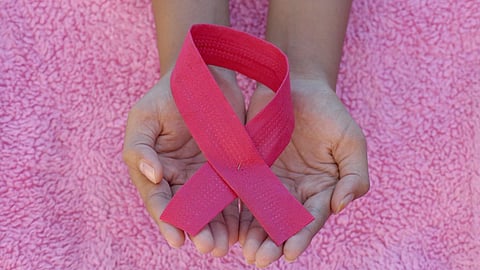Aside from skin cancer, breast cancer is the most commonly diagnosed cancer in women in the United States and will result in an estimated 43,250 deaths in the nation this year, according to the American Cancer Society. The most effective screening tool for breast cancer is a mammogram, which uses low dose X-rays to create images of the breast. This method can find breast cancer before there are any signs or symptoms, and before the cancer grows larger or spreads to other parts of the body. Fortunately, when breast cancer is detected early, it is easier and more successful to treat, which is why all women should learn about screening regardless of their age.
Risk of developing breast cancer increases as you get older. The two most significant risk factors for developing breast cancer include being a woman and increasing age, however, there are other factors that may increase your risk. You may also be at high risk if you have a mother or sister who developed breast or ovarian cancer or if you have multiple family members who developed breast, ovarian or prostate cancer. According to the American Cancer Society, breast cancer mainly occurs in middle-aged and older women, with a median age at the time of diagnosis at 62.


